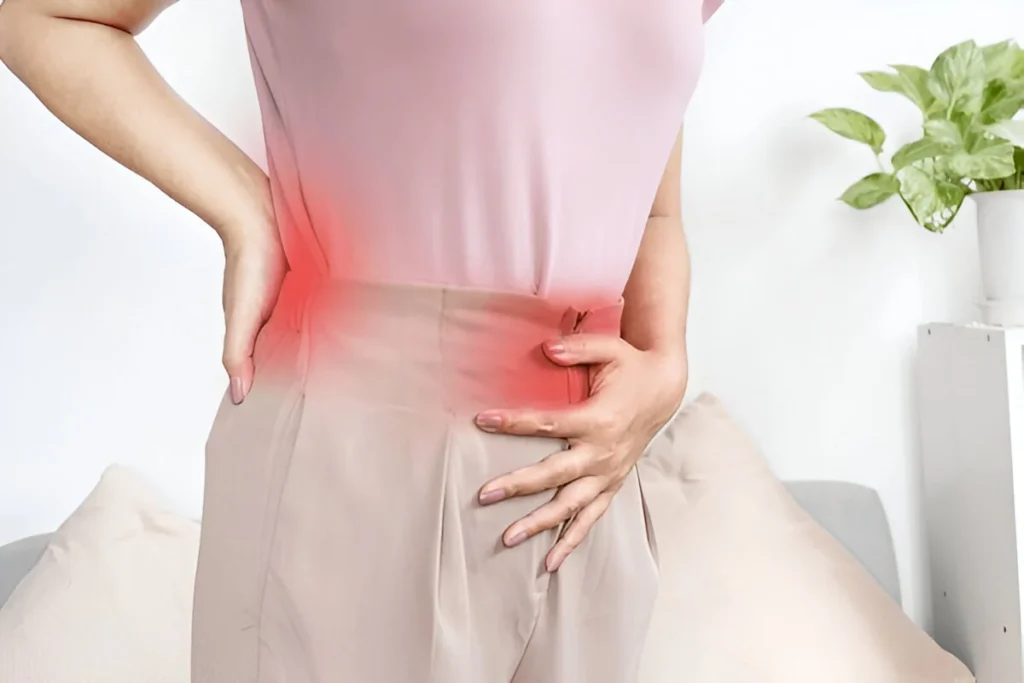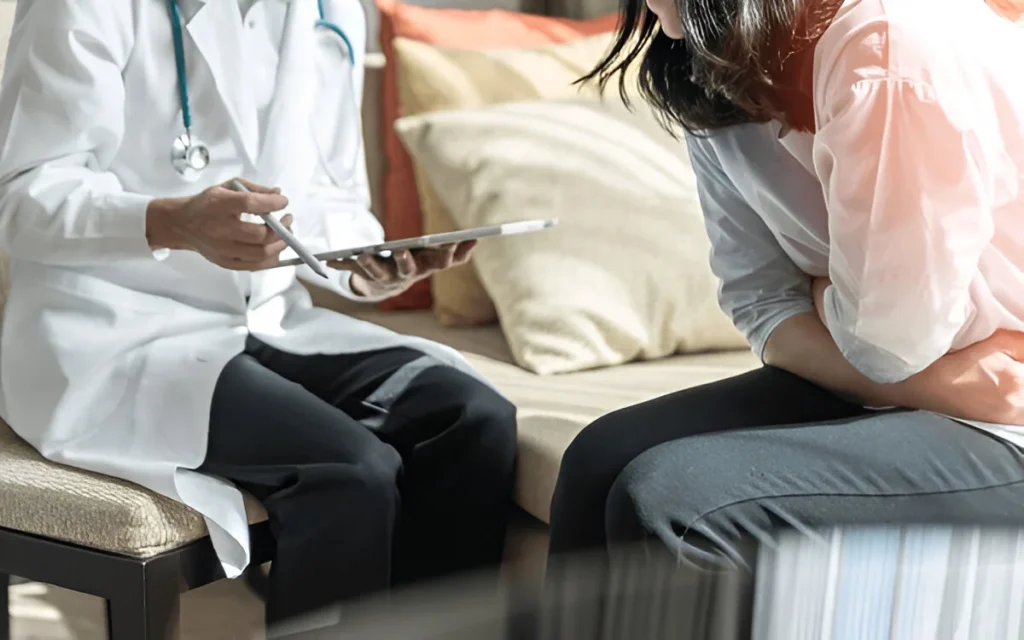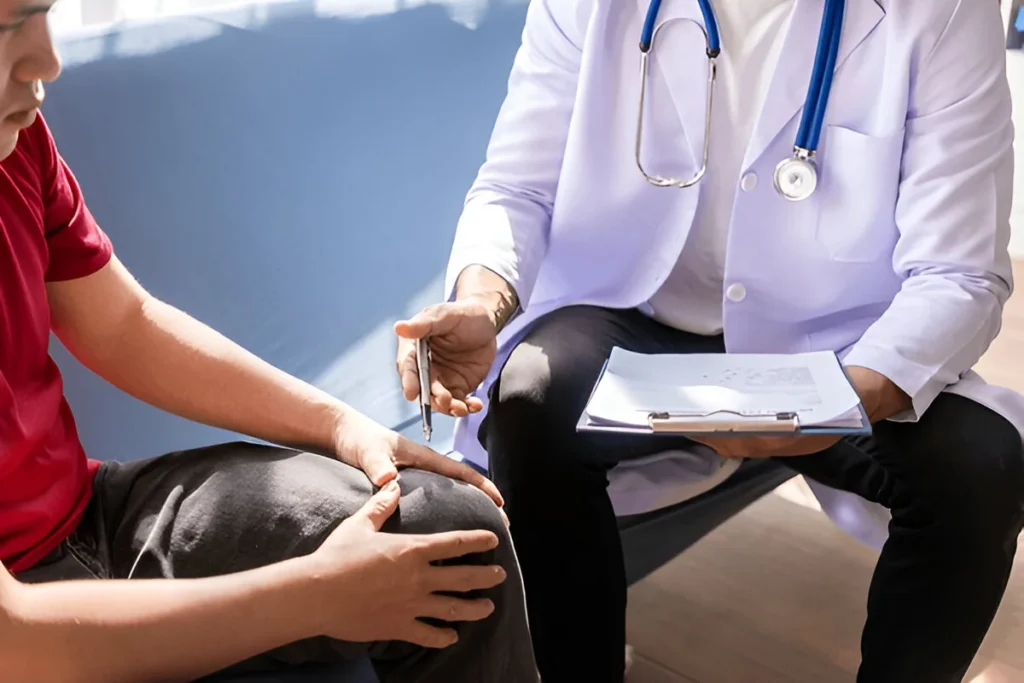-
UNITED HEALTH CENTRE 2,ELLIOT ROAD, KOLKATA - 700016
UNITED HEALTH CENTRE 2,ELLIOT ROAD, KOLKATA - 700016

Pelvic pain symptoms in teen girls should never be ignored. Learn what causes them, when to seek help, and how a reputed gynecologist can guide you.
For many teenage girls, discomfort and pain during their menstrual cycle or while engaging in daily activities can feel like an unfortunate but “normal” part of growing up. However, when the pain centers around the pelvic region—especially when it recurs or intensifies—it may signal something deeper than just cramps.
Pelvic pain symptoms can range from dull aches to sharp stabbing sensations. While some causes are temporary or benign, others may point to underlying conditions that require timely attention.
It’s essential to encourage young girls and their families to pay attention, ask questions, and seek help when needed, not just for comfort, but for long-term reproductive health.

Adolescence brings a whirlwind of hormonal changes, but that doesn’t mean chronic or severe pelvic pain is “just part of growing up.” In fact, pelvic pain symptoms can be early indicators of conditions that, if left untreated, may affect fertility, menstrual health, or overall quality of life.
Ignoring the symptoms can lead to:
Listening to the body—and empowering young girls to speak up about their pain—is the first step toward better care.
Pelvic pain in teens can stem from a variety of causes, both gynecological and non-gynecological. Some are temporary and manageable, while others need medical evaluation.

Teen girls may find it difficult to express pelvic pain symptoms, often unsure whether the discomfort is normal or not. It’s crucial to watch for signs that suggest medical evaluation is necessary:
In such cases, consulting a healthcare provider—ideally a gynecologist or a trusted expert in adolescent gynecology—can offer accurate diagnosis and peace of mind.
Specialists follow a step-by-step process to identify the root cause of pelvic discomfort in teens, which may include:
It’s important to remember that early intervention often leads to better outcomes, and sometimes simple lifestyle changes or medications can offer relief.
Many teens may feel embarrassed, confused, or afraid when experiencing pelvic pain symptoms. Parents, educators, and guardians can play a key role by:
In cases where the pain is mild and not tied to a serious condition, there are several supportive approaches that can help:
Always consult a medical professional before relying solely on home remedies, especially if pain worsens.
While the post avoids direct sales language, it’s worth noting that adolescent gynecology requires not just medical skill, but empathy, patience, and communication. A great gynecologist is someone who:
Professionals like Dr. Saima Javed have years of experience working with teenage patients, focusing on early detection, holistic care, and building confidence in their health journey.

Mild cramping is common, but sharp or chronic pelvic pain symptoms should be evaluated, especially if they interfere with daily activities.
Yes, certain conditions like endometriosis or PID, if left untreated, can impact future fertility. Early diagnosis helps prevent complications.
Around 13–15 years is ideal for a first visit, especially if there are menstrual irregularities or pain concerns.
Not always. Many evaluations for teens can be done non-invasively unless symptoms clearly indicate the need.
Not always. Cramps are one form of pelvic pain, but other causes may be unrelated to menstruation and require different care.
Pelvic pain symptoms in teen girls deserve attention—not just for the sake of comfort, but for building lifelong awareness of reproductive and general health.
Ignoring the signs or chalking it up to “normal growing pains” can delay important diagnoses. On the other hand, being proactive, supportive, and informed can make all the difference.
Whether through open conversations, preventive screenings, or gentle guidance from specialists, today’s teens can step into adulthood healthier and more empowered than ever before.